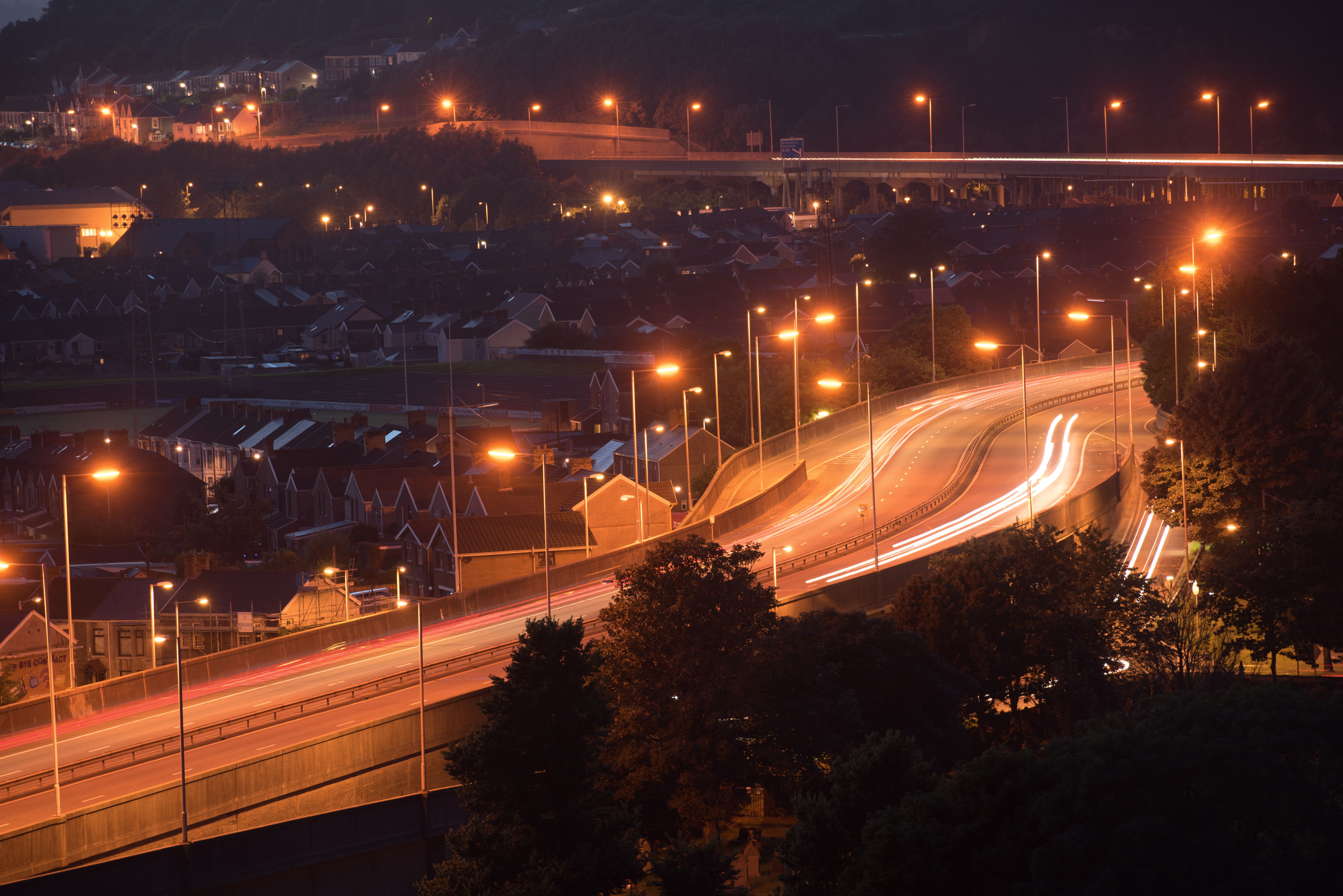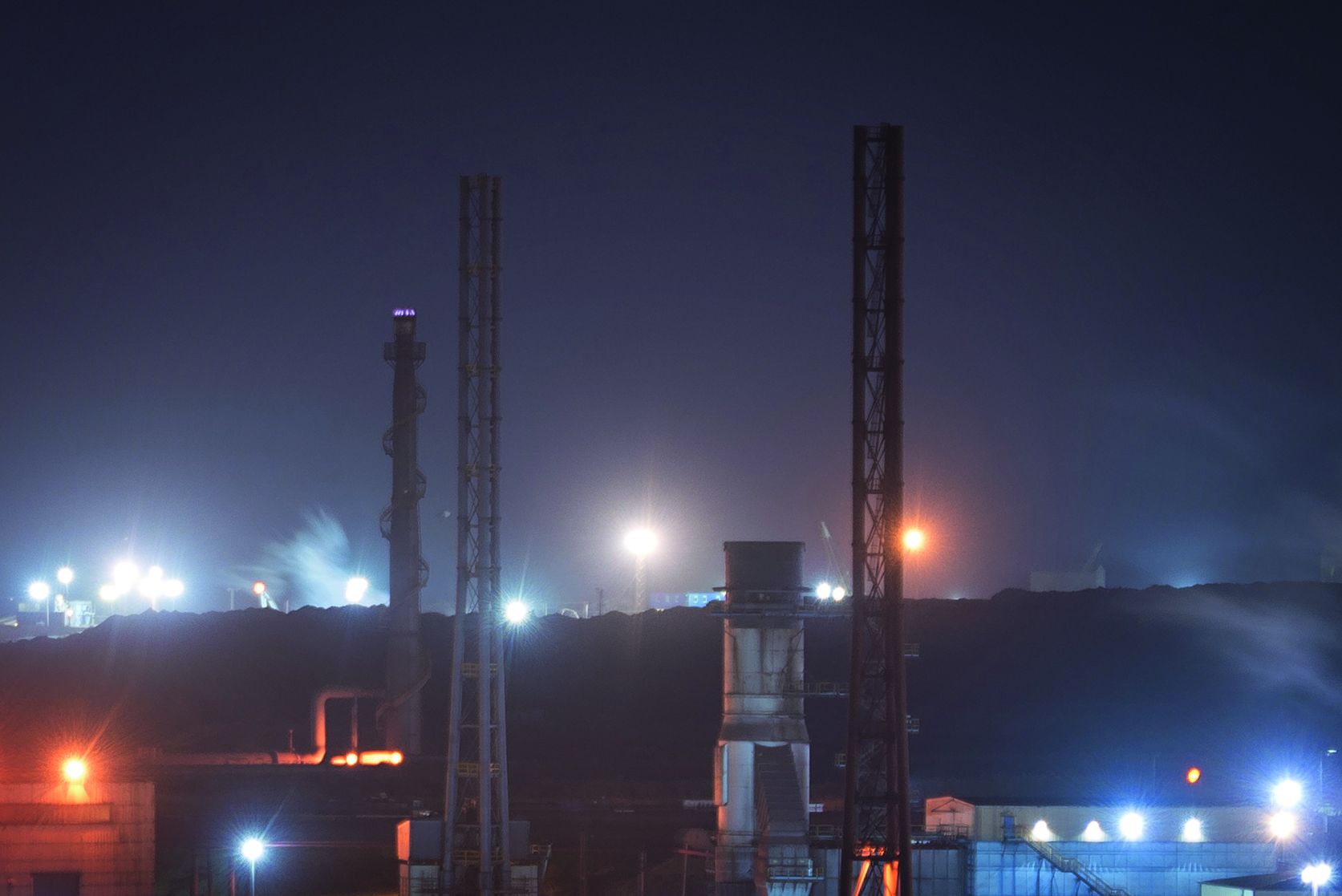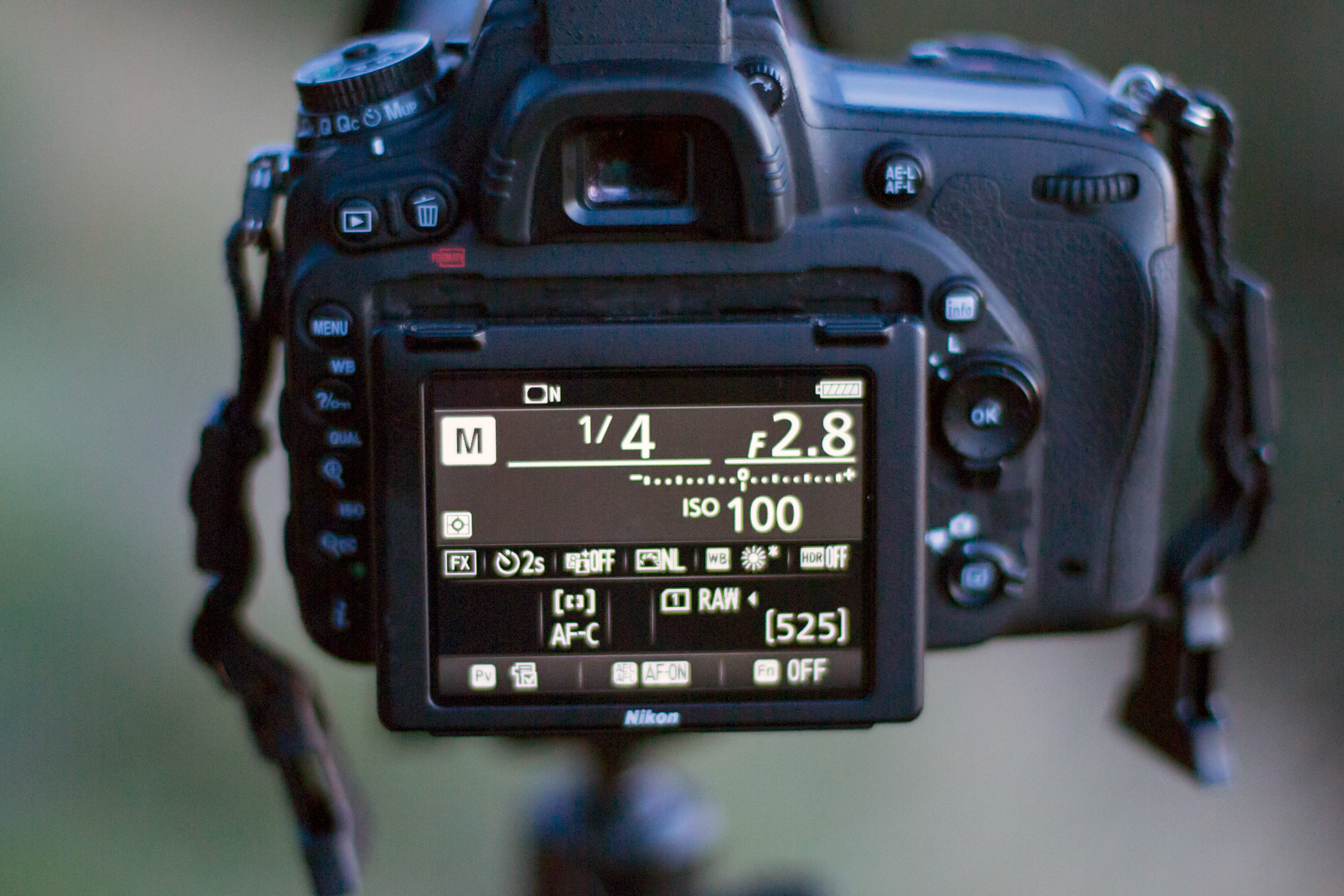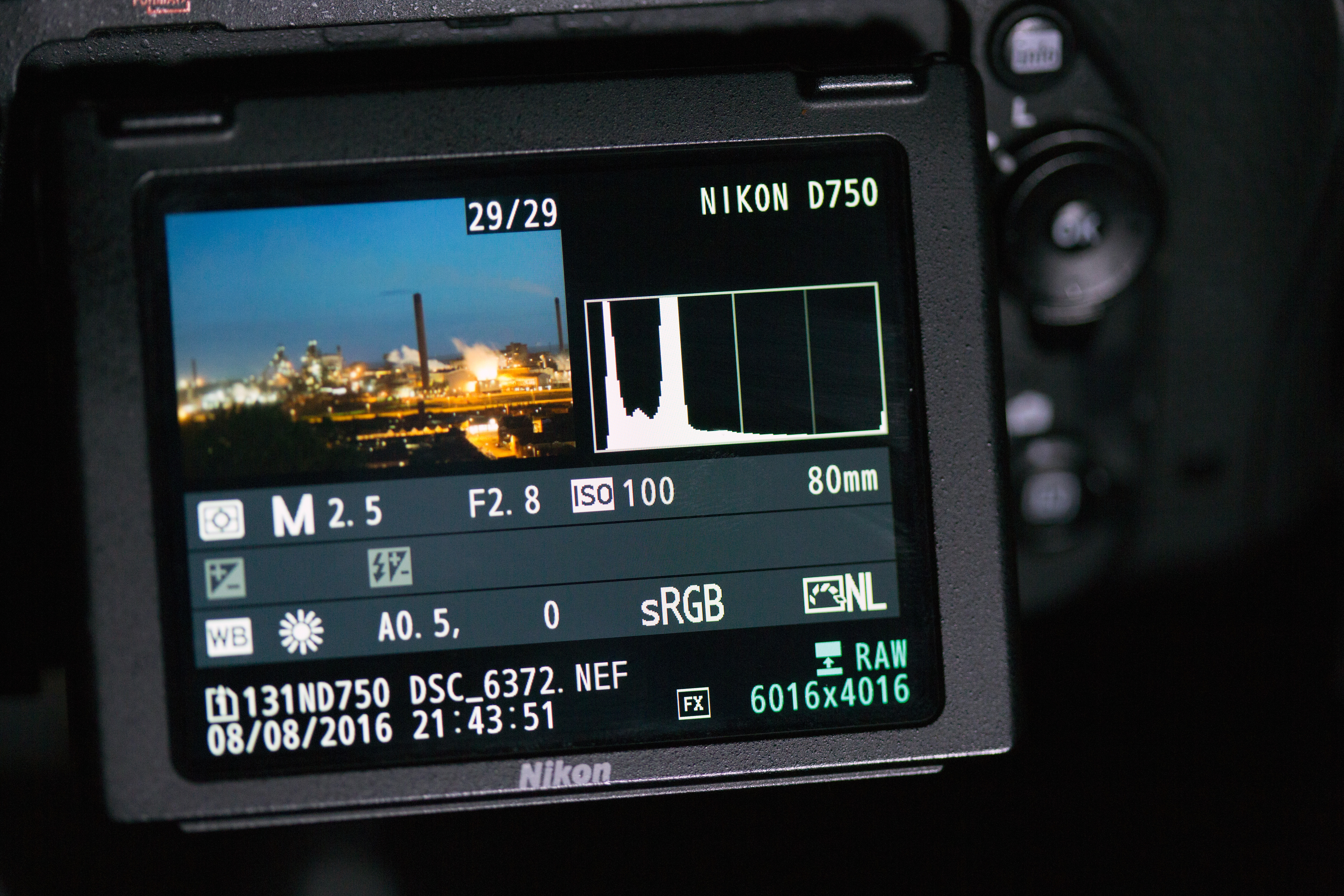Watch video: Photo ideas – Find the beauty in ugly landscapes
Photography projects at home
• More home photography ideas
Useful home photography kit
• Best tripods
• Best lighting kits
• Best reflectors
• Best macro lenses
We’ve all experienced it: you rock up to a location, hoping to photograph a landscape, take one look at what's in front of you and mutter, “Oh,” before putting your camera back in the bag.
Maybe the weather is miserable, or the scene has changed since you were last there, or maybe there’s building work going on – whatever it is, you’re just not inspired to take a picture.
However, we say shoot it anyway! Your camera wasn’t bought to be sat in your camera bag as you walk to the nearest coffee shop, so get it out and take a picture of that view you exclaimed at.
There’s no telling what you’ll get until you do start shooting, but it will develop your photography skills by trying to find the hidden beauty in your landscape and reveal it through your lens.
In fact, you can challenge yourself by actively hunting out bleak views. You may choose a steelworks, like we did, or perhaps alleyways near your house. Whatever it is, you’ll need to keep a few techniques in mind…
• Best online photography courses
• Landscape photography tips and techniques
• Best cameras for landscapes
• Best lenses for landscapes
Stunning steelworks

01 Beauty spot?
A big part of making the scene beautiful is finding the best aspect of it. We chose a high vantage point to look down on Port Talbot’s steelworks. Pick out the key elements that you want to photograph in advance; we arrived three hours before sunset to find this spot.

02 Poetry in motion
The steam, the clouds, a plane passing by – these are all moving elements in the landscape. In order to capture the movement you’ll need to set a long exposure, and that means keeping your camera still atop a tripod. Make sure that each leg is on a stable part of the ground.

03 Zoom to frame the extremes
This technique is about what you leave out of your frame. Isolate only the very worst or very best of the scene – don’t settle for average, as your image will have no impact. A telephoto zoom in the region of 70-300mm will give you flexibility when it comes to varying the framing.

04 Balance
Make balanced shots with patterns or strong structures. If you have row after row of piping, why not find a pattern and make a more visually pleasing image? Steps are also good, as they usually lead somewhere, and you can use a vanishing point to make a photo with infinite depth.

05 Settings
In manual mode, set a shutter speed of 3 secs to blur the clouds. To do this during the day you’ll need an aperture of f/16 or above, plus a 5-to-10 stop ND filter, or f/2.8 without a filter at night. Use the self-timer at 2 secs to avoid nudging the camera, and keep the ISO at 100.

06 As night rolls in…
… Slow your shutter speed! As the sky darkens, the histogram will lean against the left side of the graph. This is normal – just check to see if the highlights are touching the right-hand side; if they are, then they’re blown out and you should increase your shutter speed.
N-Photo: The Nikon Magazine is a monthly publication that's entirely dedicated to Nikon users. For the best news, reviews, projects and more, subscribe to N-Photo today!
Read more:
The best lenses for landscapes: get ready for the great outdoors
The best tripod for photographers: get sharper shots in any conditions
Best telephoto lens: top zooms for your camera
Get the Digital Camera World Newsletter
The best camera deals, reviews, product advice, and unmissable photography news, direct to your inbox!
N-Photo: The Nikon Magazine is a monthly publication that's entirely dedicated to Nikon users. As a 100% independent magazine, you can be assured of unbiased opinion from a trustworthy team of devoted photography experts including editor Adam Waring and Deputy Editor Mike Harris.
Aimed at all users, from camera newcomers to working pros, every issue is packed with practical, Nikon-specific advice for taking better photos, in-depth reviews of Nikon-compatible gear, and inspiring projects and exciting video lessons for mastering camera, lens and Photoshop techniques.
Written by Nikon users for Nikon users, N-Photo is your one-stop shop for everything to do with cameras, lenses, tripods, bags, tips, tricks and techniques to get the most out of your photography.


